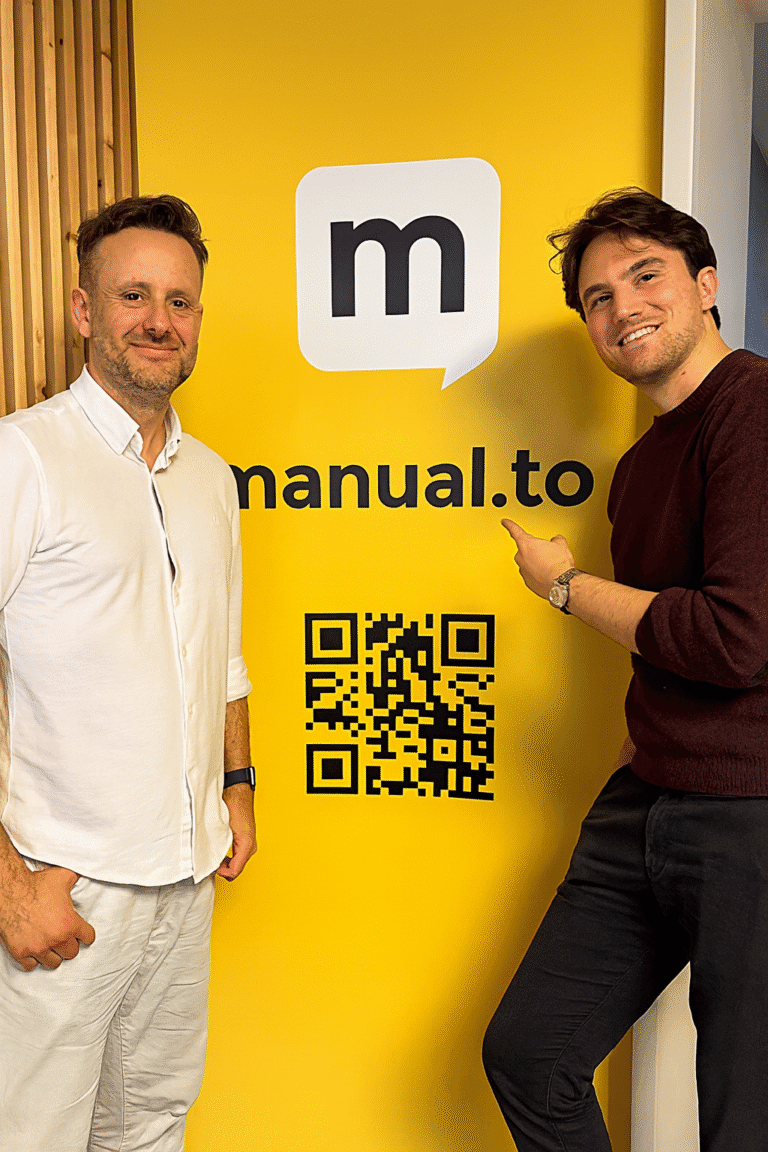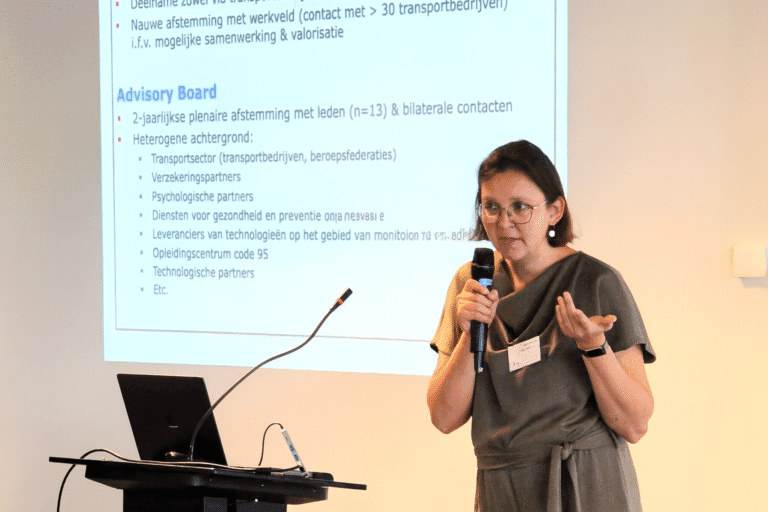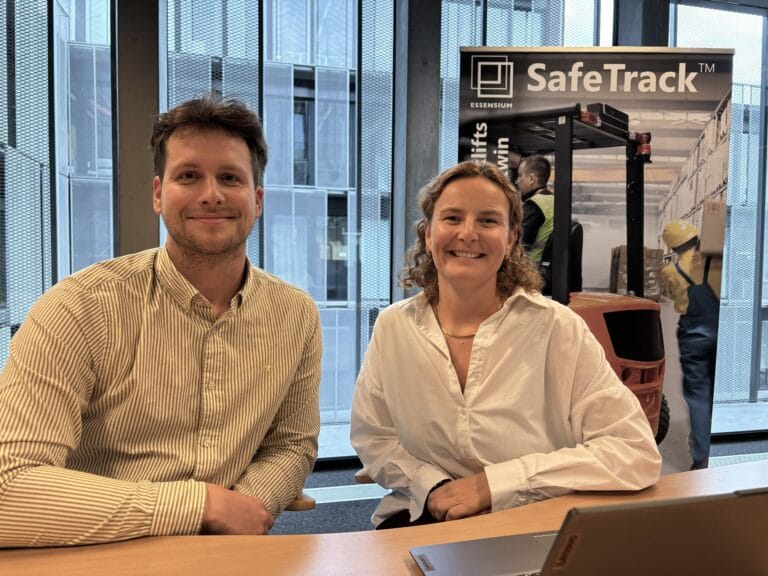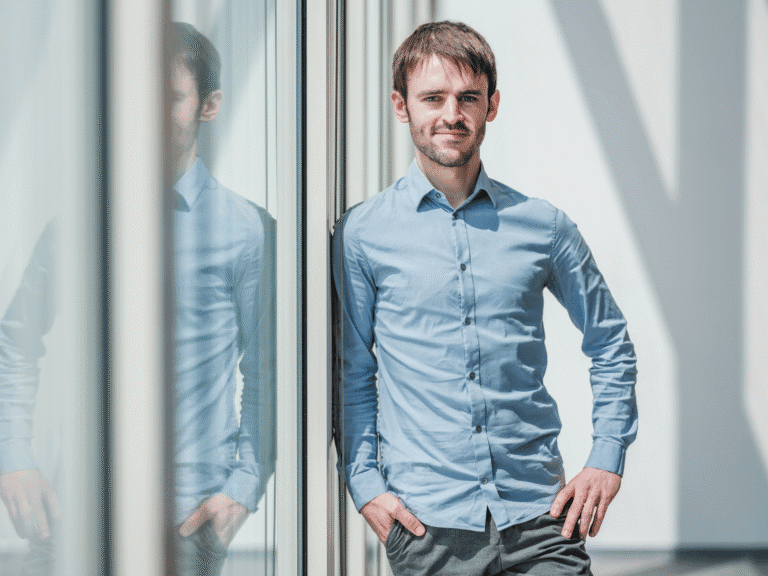Sustainability and circularity are the ‘drivers’ for innovation in the Proximus supply chain
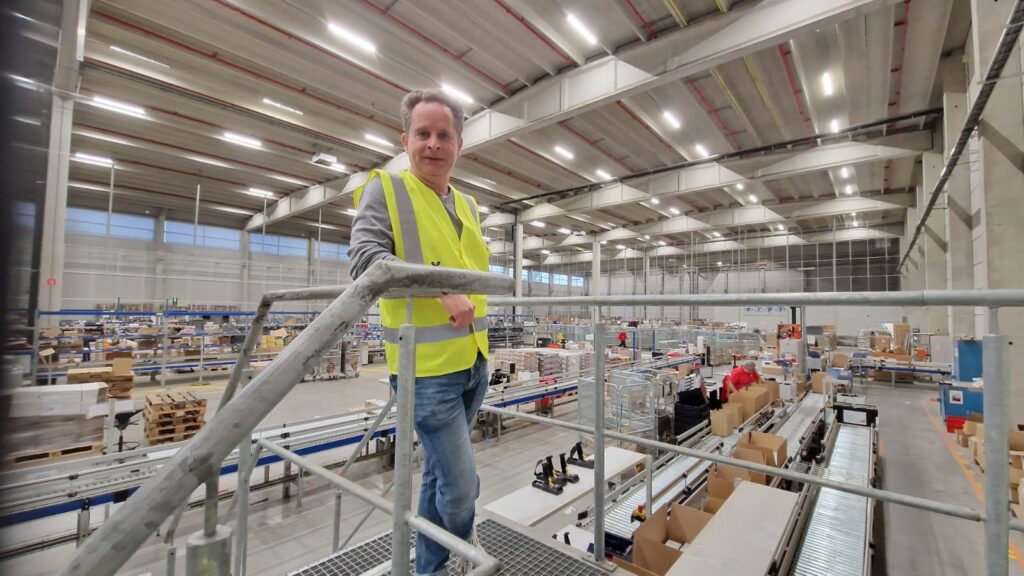
Supply chains have many facets, but in recent years sustainability has become increasingly central to their management. Proximus even has the ambition to have the first CO2-neutral supply chain in Belgium by 2030. Innovation will play a big part in this, especially when it comes to achieving circularity. “This is why Proximus is Supporting Partner of Log!Ville,” says Hans Schurmans, Director Logistics operations and transformation at Proximus
What does Proximus’ supply chain involve?
We have two distribution centres. One in Courcelles for the ‘inside’ items and one in Flawinnes for the ‘outside’ items. Inside are all Proximus home and office products, such as the mobile phones, the fixed CPE modems, the networks. Outside are the products we use for network operations, such as cables, street cabinets, coils and fibre optic cables. We also have 30 local warehouses for urgent repairs, restocking of B2B supplies, items for the corporate networks, and so on.
Courcelles – a 22,000 m² DC – is the beating heart of our organisation. There, we handle approximately 5,000 to 8,000 shipments a day. We operate a ‘one warehouse’ strategy. This means that all logistics activities take place there: inbound and outbound, kitting and assembly, repair of mobile and fixed devices, returns and refurbishments. The latter activity is becoming increasingly important as circular ambitions are a top priority within the group.
Can you give an example?
When we receive B2C items back – modems or decoders, for example – they are sorted, evaluated, tested and put back on the market. On average, this involves 800,000 items a year, which has a big impact on circularity: some 30-40% of the modems and decoders we supply are already refurbished. As a result, we save 13,000 tonnes of CO2 a year. We are now extending this approach to B2B products – such as Cisco routers – and smartphones. So we are moving towards a fully circular warehouse.
Are there also products that cannot be refurbished and end up in the waste?
Unfortunately yes. Smartphones, for example, are difficult to take apart to make them ‘just like new’. Many parts are glued together. However, we are working to reduce waste here as well: our ambition is to bring the materials into a circular circuit and set up a form of ‘urban mining’. Every year, we recover more than 100,000 smartphones and tablets. We can only refurbish a few per cent of those. We want to increase that percentage very substantially – we feel it is our social obligation – but as long as the products do not lend themselves to it, we extract as much raw material as possible. By the way: with refurbishment, quality is not an issue at all, feasibility is. So the constructors have to cooperate.
Proximus’ ambition is to have the first carbon-neutral supply chain in Belgium by 2030. How do you plan to achieve this?
Our efforts focus on three areas: inbound, in the warehouse and outbound. Inbound, we demand a CO2 commitment from our suppliers. Many come from Asia, so their transport has a carbon footprint. We can mitigate that by asking them to apply circularity ‘by design’ and adjust their transport modes. Our modems are mainly made in Tunisia. They were first brought to us by ship and then by truck. Now we are switching to a combination of ship and train, which is much more climate-friendly.
Substantially, we are also working on making the distribution centres CO2-neutral. That translates into solar panels, heat pumps, heat recovery and intensive energy monitoring. Robotisation also offers opportunities. Courcelles, for instance, is already semi-automated.
And for outbound transports, we are working closely with bpost, DPD and others to reduce their carbon footprint. For example, by setting up a logistics hub near cities from which CO2-neutral vehicles are used for distribution. In Antwerp, the distribution of B2C products is already done almost entirely according to this system and in Brussels we are systematically expanding it. Afterwards, other cities will follow. We also deploy cargobikes for the distribution of B2B products in Antwerp, Ghent, Brussels and Liège.
Are you also deploying electric trucks for scheduled services?
We are evaluating this possibility very seriously, but for our activity, electric trucks are not yet a full-fledged option. In the meantime, we are thinking more in the direction of deploying HVO. (ed: Hydrotreated Vegetable Oil’, a biodiesel produced from waste, residual oils and fats, such as used frying fat). Negotiations on this option are ongoing with our various carriers.
Be that as it may, we believe that a more sustainable supply chain can only be achieved by setting up long-term partnerships and thus by concluding long-term contracts with our suppliers. Because then they are more willing to invest in sustainable solutions, green vehicles, innovation, robotisation and so on.
You just mentioned innovation. What does Proximus focus on in this respect?
We are convinced that sustainability and circularity are the ‘drivers’ for innovation within our supply chain. If you know what footprint a product or activity has, you can reduce it by – among other things – recuperating appliances, choosing a different packaging or using different modes of transport. You can achieve this by applying innovative technology.
Proximus is currently rolling out 5G and Fiber. Will they enable innovative solutions in logistics? Will they have an impact on supply chains?
For 5G, the applications are quite limited for now. Through a 5G Private Network (PN) – a private, indoor 5G network – multiple devices, machines and sensors can be connected. This technology offers opportunities for AGVs, inventory drones and order picking via augmented reality, for example. For now, these solutions are getting relatively little uptake in warehouses. Outside the warehouse, there are also applications. For instance, the Port of Antwerp-Bruges uses drone technology to monitor, inspect and detect problems in the port area. In doing so, 5G provides stable coverage throughout the port, with low ‘latency’ and high resolution for video streaming.
It is also sometimes said that 5G will be instrumental in deploying drones to deliver packages. I don’t believe in that. Millions of parcels are delivered every year. Outside of very specific flows – critical medical shipments – or deliveries in remote areas, there is no point in doing the delivery by drone. 5G will also be very important for autonomous cars and trucks, but in what timeframe? The technology is almost on point but the preconditions – insurance or regulation, for example – are far from being met.
And Fiber?
Fiber makes your internet much faster and more stable, and the ‘latency’ – the response time – is ultra-short. So in warehouse management, fibre can add value. Though I should add that in the warehouse, especially the Wi-Fi needs to be optimal. Fibre can make that faster and more stable, but only if the quality of the modem and the type of Wi-Fi you use are up to par.
Why is Log!Ville important to Proximus?
To know well how Proximus can provide solutions to the logistics sector, it is important to know how it is evolving. Log!Ville gathers various contemporary solutions and cutting-edge technologies in one place. In addition, it digitally displays future evolutions, such as the hyperloop. So it shows technological solutions, even if they are still a bit ‘far from our minds’. And, which is also very important, it is a meeting place where providers and users can exchange ideas about those evolutions.
How would you further increase the added value of Log!Ville?
Log!Ville is not only a landmark for the sector, but also for VIL. There should therefore be more interaction between the two. The results of the VIL projects should be highlighted more, so that visitors take a moment to reflect on the opportunities that have been explored but are also encouraged to get started with them.
Incidentally, I would seek more interaction with other initiatives and organisations at home and abroad. We will drive innovation in logistics better if we cooperate more.
